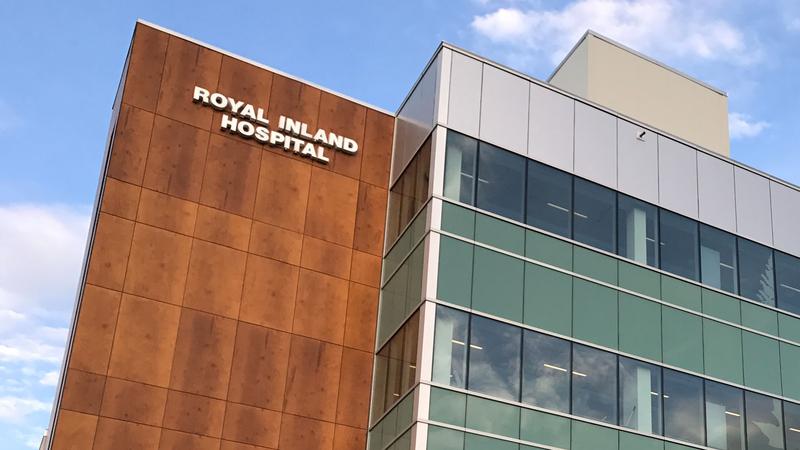“I think the really important thing that we want to highlight is that the health of our residents is directly linked to the health of our economy,” notes Kamloops Chamber executive director Acacia Pangilinan.

Their perspective cites struggles to access maternity care, struggles to access family physicians, the hospital still not having a cardiac catheterization lab, and the design of the cancer centre not having the same equipment as other sites.
Pangilinan says those factors do influence perception of healthcare availability and it could make or break somebody’s decision to come to Kamloops for a job.
“Things like healthcare access really make a difference for people to decide to move here. It’s also impacting our businesses’ ability to retain talent. We’ve heard from a number of businesses who have employees who are considering leaving the community because they don’t feel like Kamloops will be able to support their life goals.”
The TRHD board says thousands of residents outside of Kamloops often commute to Royal Inland for care. Any dip in service availability that would force people to drive further isn’t just inconvenient — the weather-influenced highways in this region add to the risk.
“We talk about summertime but we look at the middle of winter and some people will just forgo health care,” notes TRHD board chair Mike O’Reilly. “That’s the biggest worry and concern, that if somebody does need help, they’re going to pass that up because they don’t want to make the drive in.”
The latest staffing shakeup at RIH specifically concerns future medical treatment options for anyone with a uterus. It’s now the latest addition in the hospital district’s push for an equitable spread of medical support in the Interior.
“I think, over the last two or three years, we have talked a lot about equitable health care through the Thompson Regional Hospital District. Whether that’s cancer services, emergency services — not just for Royal Inland Hospital but for the surrounding areas. But here, we are talking about gender equity health care. And how we got here in 2025 is beyond me,” adds O’Reilly.
Since news of the OB-GYNs’ decision was made public, O’Reilly says the hospital district scheduled a meeting with Health Minister Josie Osbourne, Interior Health CEO Sylvia Weir and Interior Health Board Chair Dr. Robert Halpenny.
“Part of the conversations we will be having with Minister Osbourne and Sylvia Weir and Dr. Halpenny is what are the levels that are required for a tertiary hospital? What is a tertiary hospital to them?” said O’Reilly. “We can’t continue to be a feeder hospital to Kelowna General.”
Those are conversations the broader community hopes will adjust the course at Royal Inland.
“Enough is enough, right? We need to really all come together and try to address this. It’s really impacting the morale of our community, not having this access,” adds Pangilinan.

